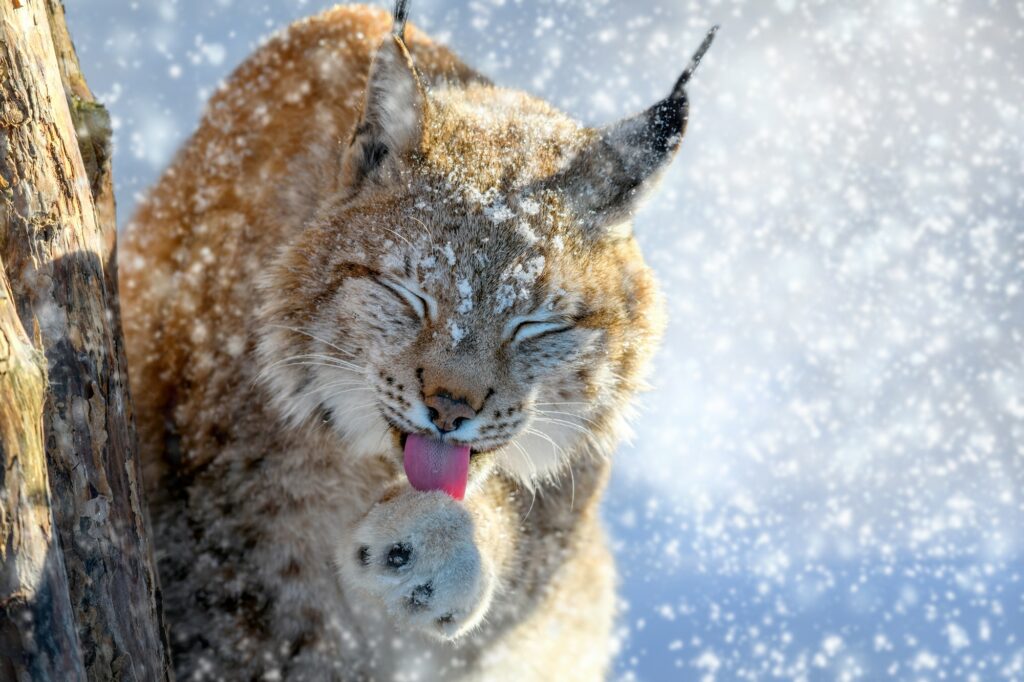
Wildlife photography is one of the most rewarding, yet challenging genres in the field of photography. It combines patience, timing, technical prowess, and an understanding of animal behavior to capture stunning images that reveal the essence of the wildlife around us. In this article, we will delve into the essentials of wildlife photography and how you can get started.
Research and Respect
Understanding your subject is crucial in wildlife photography. Researching animal behavior, habitats, and the best times to observe them can significantly increase your chances of capturing a great shot. Remember, respect for the animals and their habitats should always be a priority. Never disturb animals or endanger yourself for a photo.
Location and Timing
From your local park to national reserves, wildlife can be found almost anywhere. It’s important to understand that wildlife photography often involves long hours and lots of patience. Early mornings and late afternoons usually provide the best light and are when animals are most active.
Gear Up Right
A DSLR or mirrorless camera coupled with a telephoto lens is a typical gear choice for wildlife photographers. A longer lens (such as 300mm or 400mm) allows you to capture detailed images from a distance, respecting the animal’s space. A tripod or monopod can help stabilize your gear.
Shutter Speed and Aperture
Fast shutter speeds are usually necessary to freeze motion in wildlife photography, particularly with active animals. Depending on your subject and the available light, you might need to adjust your ISO accordingly to achieve a fast enough shutter speed. An aperture that provides a good balance between depth of field and light entry is ideal. This usually falls in the range of f/4 to f/8.
Composition and Creativity
In addition to standard portrait shots, look for opportunities to capture animal behaviors, relationships between animals, or animals in their environment. Composition rules like the rule of thirds or leading lines can still apply here.
Post-Processing
Post-processing is where your wildlife images can truly come to life. Basic adjustments to exposure, contrast, sharpness, and color balance can enhance your image. Cropping can help to improve composition and remove distractions.
Ethics in Wildlife Photography
Ethics are incredibly important in wildlife photography. The welfare of the subject should always come before the photograph. Keep a respectful distance and avoid any actions that might stress the animal. Remember, we are guests in their world.
In Conclusion
Wildlife photography is a genre that requires patience, understanding, and respect for nature. It allows us to document the earth’s creatures in their natural environment, educating and inspiring others to appreciate and protect the natural world. It’s a journey filled with exciting encounters and rewarding challenges, as we strive to capture not just what animals look like, but who they are and how they live.